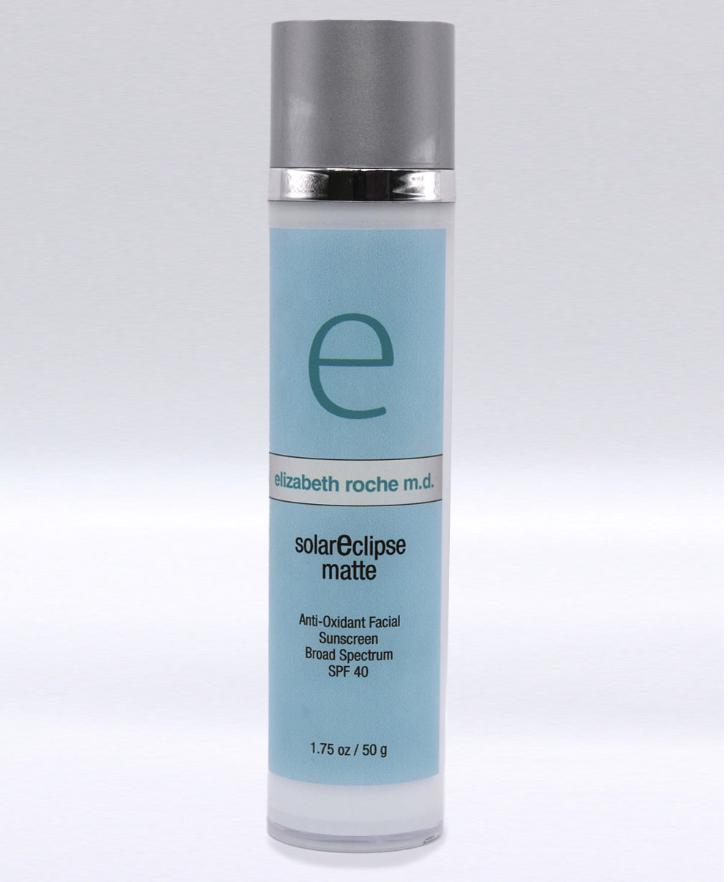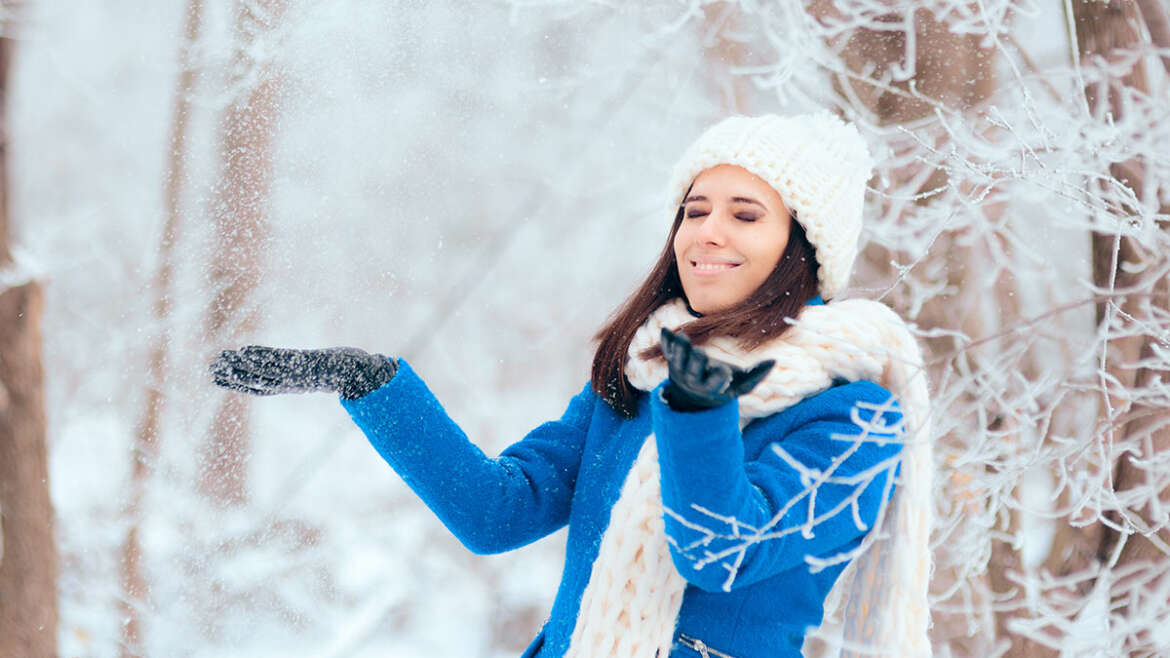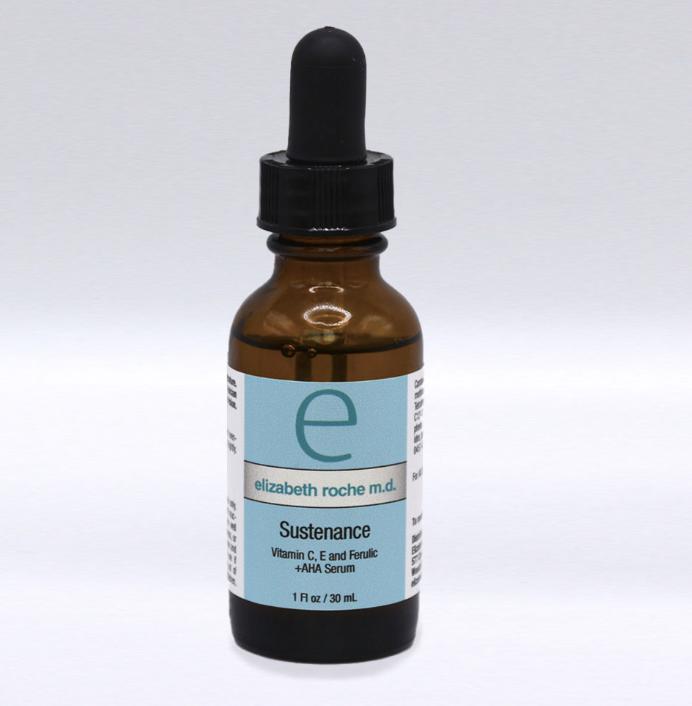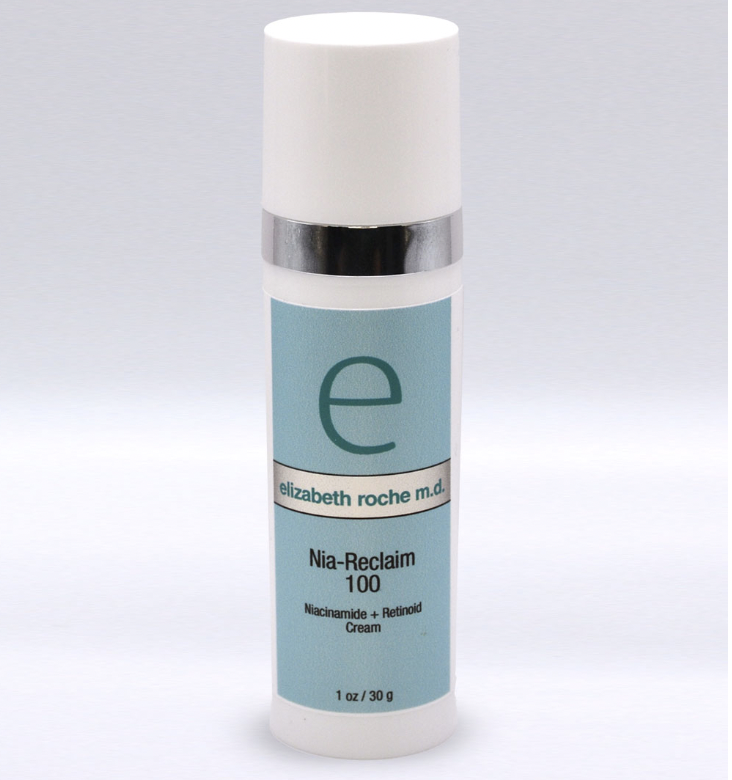Wearing Sunscreen This Winter Is More Important Than You Think
I have spent the majority of my life in the Northeast, and I know there are some days that the sun seems to have been swallowed by the clouds of winter… but do not be fooled.
Although you may not feel like the sun is beating down on you, your skin absorbs damaging Ultraviolet (UV) rays through clouds, fog, snow, and even glass. In fact, winter weather may make you even more susceptible to UV damage, as ice and snow can reflect up to 80% of UV rays, increasing their harmful effects.
UV radiation:
UV radiation comes from ultraviolet waves emitted by the sun. Although humans cannot see these waves, you are exposed to them from when the sun is first visible in the sky to when it sets. There are 3 types of UV rays, although only two, UVA and UVB rays, penetrate the atmosphere and pose harm to your health.
- UVA rays are associated with skin aging, as their amount remains constant throughout the year. UVA rays can penetrate clouds, fog, and glass, so even on a day spent completely inside, UVA can cause cellular damage beneath your skin. Think of UVA rays as Aging rays.
- UVB rays are associated with superficial skin damage, such as sunburns, freckles, brown spots, and hyperpigmentation. The amount of UVB rays that are present fluctuates with the seasons. However, UVB rays can still cause damage in the winter, as they can be reflected from snow and ice along with UVA. Think of UVB rays as Burning or Browning rays.
Effects of UV Radiation:
UV radiation causes photoaging, which leads to a build-up of reactive oxygen species (ROS) and free radicals at the cellular level. Photoaging also alters DNA within skin cells, antioxidant levels, cell-signaling pathways, immune system responses, and the extracellular matrix within the connective tissue that keeps the skin firm and smooth. This accelerates not only the physical signs of skin aging –– wrinkles, fine lines, dark spots, etc –– but also is a major risk factor for skin cancer, according to the American Skin Cancer Foundation.
UV radiation is a double whammy against your skin health: it not only puts you at greater risk for developing skin cancer, but also suppresses your skin’s cancer-hunting mechanisms by altering DNA, changing signal transduction pathways, turning on pro-inflammatory genes, and silencing the novel tumor-suppressor gene, p53.
How to Prevent UV Radiation and Skin Aging:
Knowledge is power, and being informed about the harmful effects of UV radiation, even in the winter months, is the first step to healthy skin. Protecting yourself against UV radiation is an easy way to take control of your health, and also leads to you looking and feeling your best. I have designed many products targeting this specific issue that I’m excited to share with you, along with my top precautionary measures for life-long radiant skin.
- Wear broad-spectrum sunscreen on your face and neck every day.
Broad-spectrum sunscreens defend against both UVA and UVB radiation. I recommend my Solar Eclipse Matte SPF 40. As a mineral sunscreen, it offers more protection than standard chemical sunscreens, as it reflects a small amount of UV light from even penetrating your skin. Lightly tinted, this product offers protection without leaving a white cast like other mineral sunscreens. It can be worn by itself or as a base below makeup for a smooth, priming effect.
 In the winter, your skin may also need some extra hydration. Try my Quench Intense Moisturizer before sunscreen application to keep your skin’s moisture barrier adequately balanced.
In the winter, your skin may also need some extra hydration. Try my Quench Intense Moisturizer before sunscreen application to keep your skin’s moisture barrier adequately balanced.
- Don’t skimp on your antioxidant skincare products.
Other than just blocking UV rays, nourishing our skin with a supply of antioxidants increases your natural defense systems to prevent the effects of UV damage and keep the skin looking bright and youthful.
Vitamin C and E have been shown to be a powerhouse in combating UV damage when used together. My Sustenance Serum is the perfect addition to your skincare routine to combat the effects of UV radiation. Layer with my Nia-Reclaim 100 serum at night for an extra antioxidant boost and the best protection for visibly youthful skin.
- Cover up your skin.
The most common areas for photoaging cancer occur above the neck. Don’t forget to protect smaller sites such as around your hairline and ear lobes as you apply sunscreen. Hats are a great way to protect your scalp, which is a particularly vulnerable target for UV rays.
- Avoid Tanning Beds.
Tanning beds directly emit both UVA and UVB onto your skin from only a few inches away. Countless studies have shown a direct association between tanning bed use and skin cancers including squamous cell carcinoma, ocular melanoma (eye cancer), and melanoma –– the deadliest form of skin cancer. According to the International Agency for Research on Cancer, the risk for melanoma increases by 75% when people under the age of 35 begin tanning bed use.
If you use tanning beds or have used them in the past, I highly recommend having a yearly “skin check” by your dermatologist to check for skin cancer. If suspicious lesions are found, your dermatologist will guide you for recommended treatments.
For noncancerous and non-suspicious pigmentation changes, I recommend my products mentioned above to combat the damage done by the UV rays whether they came from the sun or tanning beds.
For a personalized evaluation of your skin and signs of UV damage, book a consultation with one of our skilled staff members today at 1-201-505-1020.



